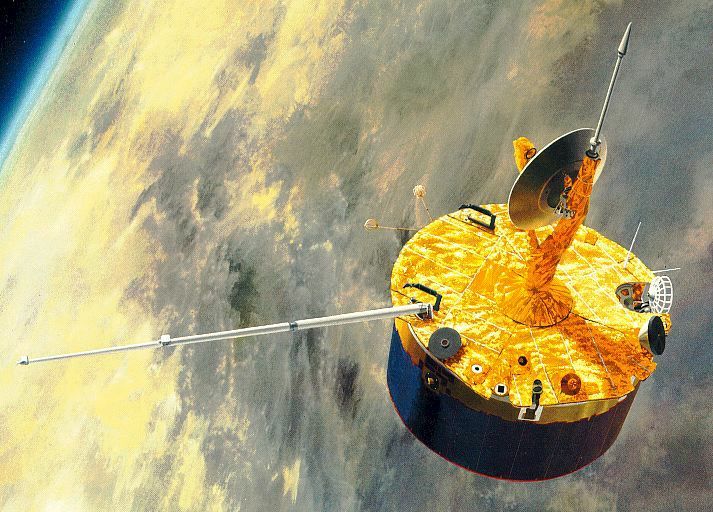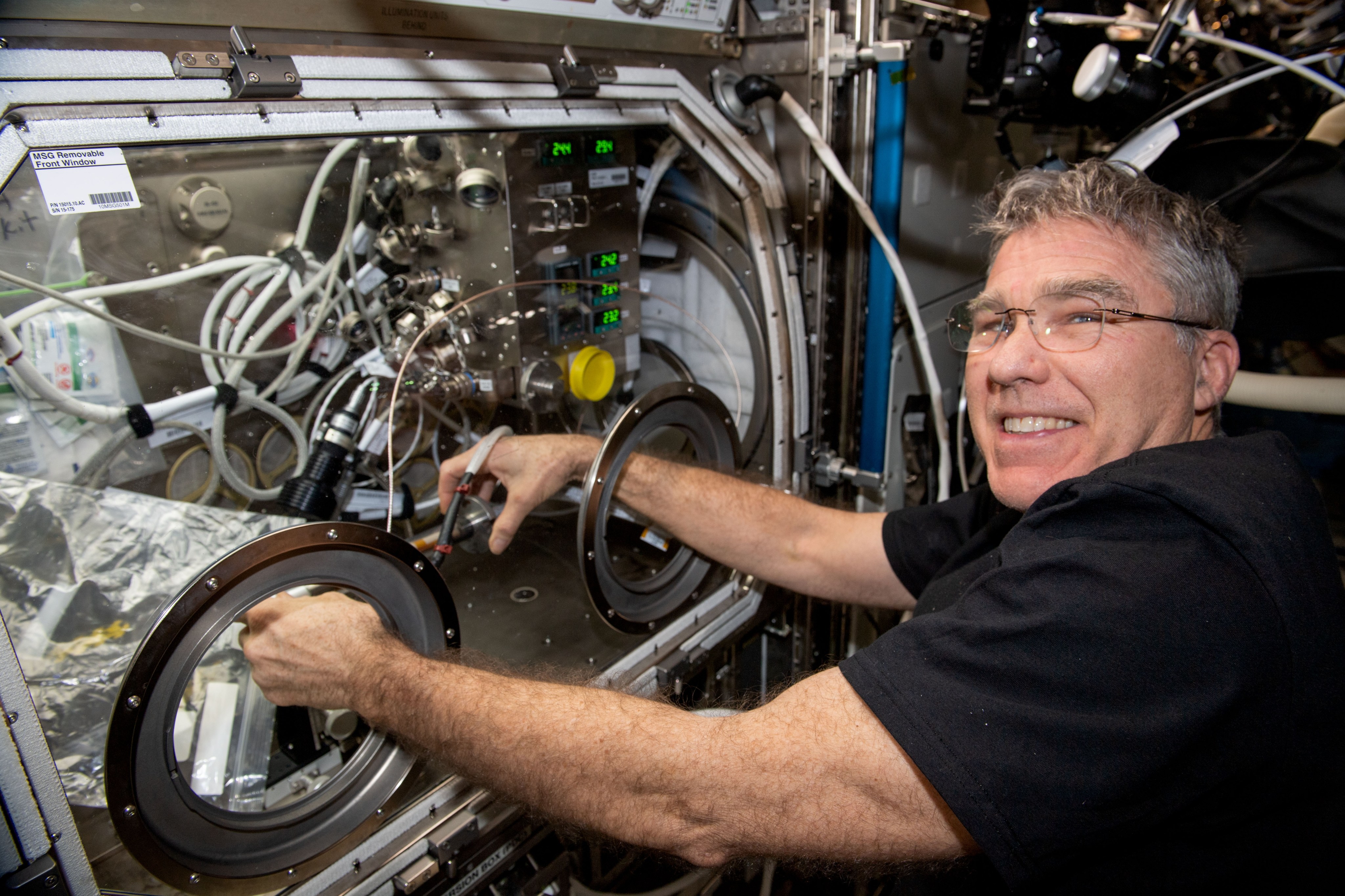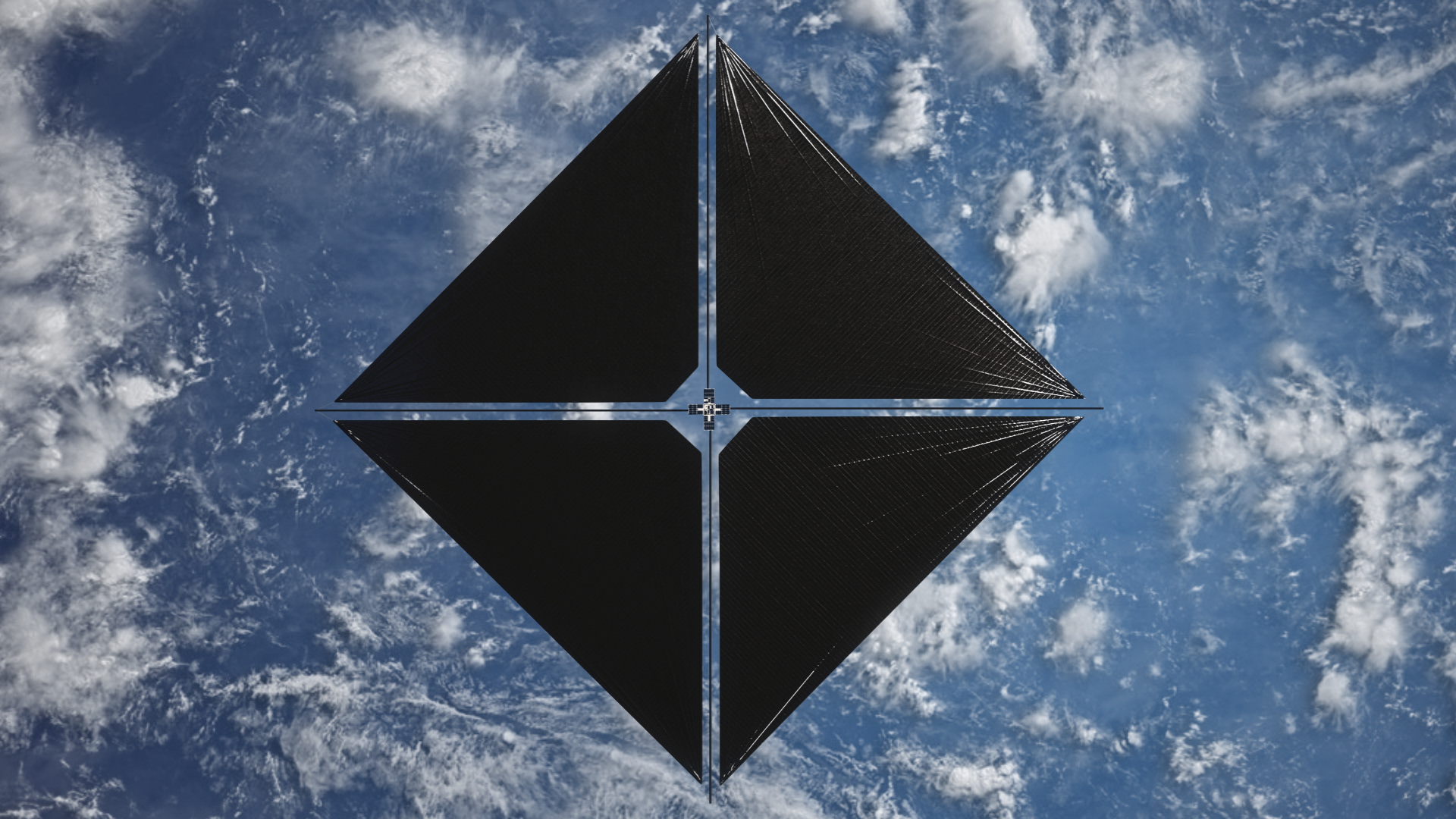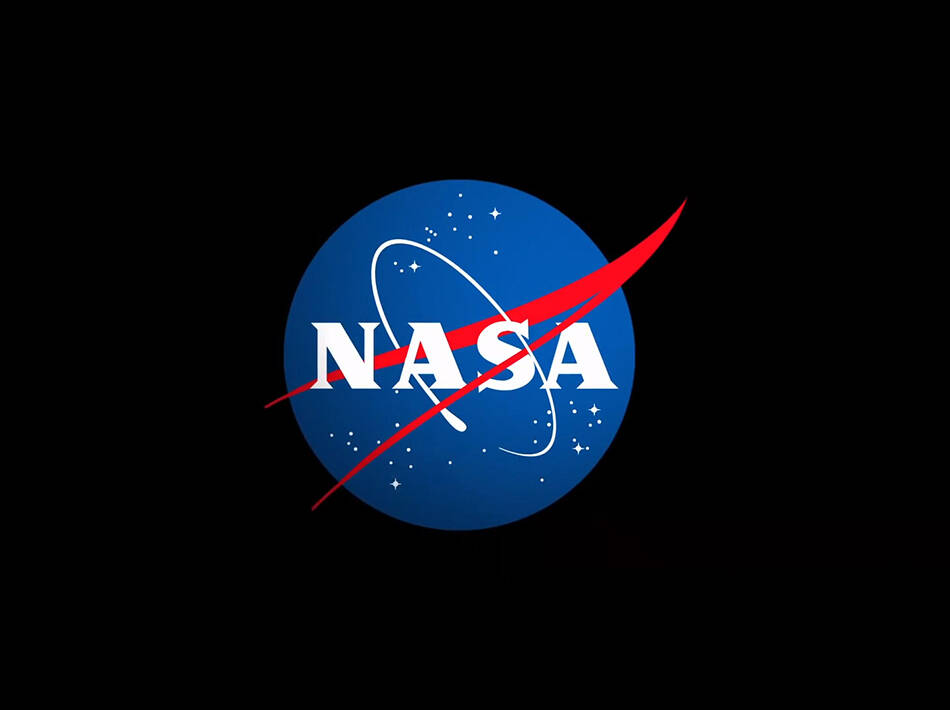Pioneer Venus 1
Type
Launch
Target
Objective
NASA's Pioneer Venus 1 was the first of a two-spacecraft orbiter-probe combination designed to study the atmosphere of Venus. It was the first American spacecraft to orbit Venus. The second spacecraft was launched a few months later. The spacecraft burned up the atmosphere of Venus after a successful 14-year mission that was planned to last only eight months.

What was Pioneer Venus 1?
NASA's Pioneer Venus 1 was the first of a two-spacecraft orbiter-probe combination designed to study the atmosphere of Venus. It was the first American spacecraft to orbit Venus. The second spacecraft was launched a few months later.
- Pioneer Venus 1 used radar to map the surface of Venus.
- The probe found Venus to be generally smoother than Earth, though with a mountain higher than Mt. Everest and a chasm deeper than the Grand Canyon.
- It confirmed that Venus has little, if any, magnetic field and found the clouds to consist mainly of sulfuric acid.
- The spacecraft burned up the atmosphere of Venus, ending a successful 14-year mission that was planned to last only eight months.
Nation | United States of America (USA) |
Objective(s) | Venus Orbit |
Spacecraft | Pioneer Venus Orbiter |
Spacecraft Mass | 1,283 pounds (582 kilograms) |
Mission Design and Management | NASA / ARC |
Launch Vehicle | Atlas Centaur (AC-50 / Atlas no. 5030D) |
Launch Date and Time | May 20, 1978 / 13:13:00 UT |
Launch Site | Cape Canaveral, Fla. / Launch Complex 36A |
Scientific Instruments | 1. Charged Particle Retarding Potential Analyzer (ORPA) 2. Ion Mass Spectrometer (OIMS) 3. Thermal Electron Temperature Langmuir Probe (OETP) 4. Neutral Particle Mass Spectrometer (ONMS) 5. Cloud Photopolarimeter (OCPP) 6. Temperature Sounding Infrared Radiometer (OIR) 7. Magnetic Field Fluxgate Magnetometer (OMAG) 8. Solar Wind Plasma Analyzer (OPA) 9. Surface Radar Mapper (ORAD) 10. Electric Field Detector (OEFD) 11. Transient Gamma Ray Burst Detector (OGBD) 12. Radio Occultation Experiment 13. Atmospheric and Solar Corona Turbulence Experiment 14. Drag Measurements Experiment 15. Two Radio Science Experiments to Determine Gravity Field 16. Ultraviolet Spectrometer (OUVS) |
Firsts
- First American spacecraft to orbit Venus
Key Dates
May 20, 1978: Launch
Aug. 8, 1978: Sistership Pioneer Venus 2 launched
Dec. 4, 1978: Pioneer Venus 1 entered orbit around Venus
Oct. 8, 1992: Last transmission received from Pioneer Venus 1
In Depth: Pioneer Venus 1
Formally approved by NASA in August 1974, the Pioneer Venus project comprised two spacecraft to explore the atmosphere and surface of Venus. Both spacecraft used a basic cylindrical bus.
Pioneer Venus 1, the orbiter, was designed to spend an extended period in orbit around Venus mapping the surface using a radar package. After a six-and-a-half-month journey, the spacecraft entered an elliptical orbit around Venus at 15:58 UT Dec. 4, 1978.
It was the first American spacecraft to enter orbit around Venus, about three years after the Soviets accomplished the same feat.
The initial orbital period was 23 hours, 11 minutes, which was altered within two orbits to the desired 24 hours—a maneuver that would allow the orbit’s high and low points (about 99 miles or 160 kilometers) to occur at the same time each Earth day.
Data from the radar mapper allowed scientists to produce a topographical map of most of the Venusian surface between 73 degrees north latitude and 63 degrees south latitude at a resolution of about 47 miles (75 kilometers).
The data indicated that Venus was much more smooth and spherical than Earth. The orbiter identified the highest point on Venus as Maxwell Montes, which rises about 6.5 miles (10.8 kilometers) above the mean surface.
Infrared observations implied a clearing in the planet’s atmosphere over its north pole. In addition, ultraviolet light photos showed dark markings that covered the clouds in the visible hemisphere.
Cameras also detected almost continuous lightning in the atmosphere.
The spacecraft confirmed that Venus has little if any magnetic field.
Because of the nature of its orbit, Pioneer Venus 1 passed through the planet’s bow shock twice per revolution, and using its magnetometer, scientists were able to observe how the planet’s ionosphere interacted with the solar wind.
The mapping radar was switched off March 19, 1981, after having mapped 93 percent of the band between 74 degrees north latitude and 63 degrees south latitude. It was reactivated in 1991, 13 years after launch, to explore the previously inaccessible southern portions of the planet.
In May 1992, Pioneer Venus 1 began the final phase of its mission, maintaining its periapsis between 93 and 155 miles (150 and 250 kilometers) until propellant depletion.
The last transmission was received at 19:22 UT Oct. 8, 1992, as its decaying orbit no longer permitted communications.
The spacecraft burned up the atmosphere soon after, ending a successful 14-year mission that was planned to last only eight months.
Key Source
Siddiqi, Asif A. Beyond Earth: A Chronicle of Deep Space Exploration, 1958-2016. NASA History Program Office, 2018.









